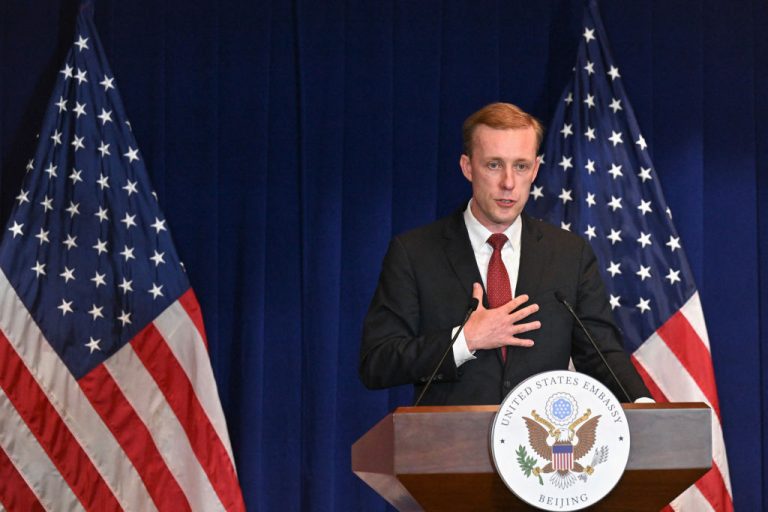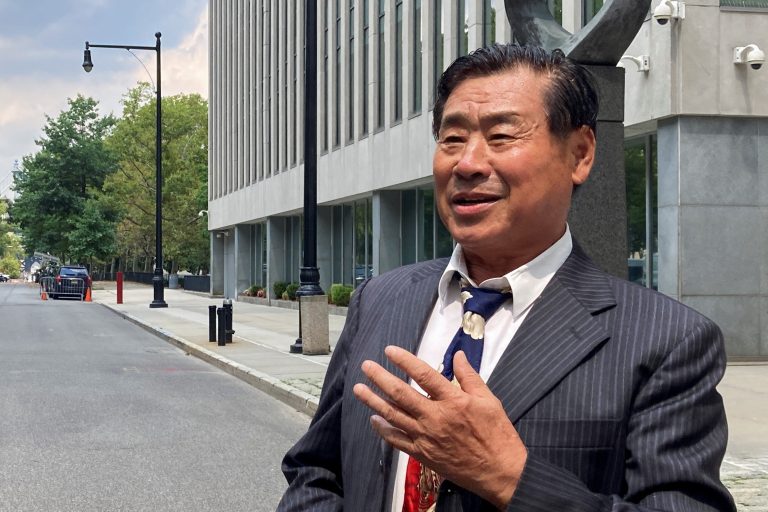American troops in Kabul currently lack the ability to evacuate all U.S. citizens present in the fallen Afghan capital to the airport as the Taliban runs amok, Defense Secretary Lloyd Austin announced Wednesday, Aug. 18.
Taliban terrorists, the long-time bane of Afghan government troops and the U.S. forces in Afghanistan, have conquered the country and toppled the government just weeks after America’s exit from its 20-year-conflict. Most U.S. military personnel still in-country have their hands tied with assisting with defense of the Kabul airport, Austin told reporters.
“We’re going to do everything we can to continue to try and deconflict and create passageways for them to get to the airfield. I don’t have the capability to go out and extend operations currently into Kabul,” Austin said.
There are about 15,000 U.S. citizens left in Afghanistan, as well as tens of thousands of Afghans eligible for evacuation and resettlement in America to due their service with the U.S. forces. However, massive crowds and Taliban control are making the trip to the airport increasingly difficult.
READ MORE
Taliban Takes Over Afghanistan, Biden Sending 6,000 Troops to Help With Frenzied Evacuation
What Is the Current Situation of Americans Left in Afghanistan?
In addition to civilians, Austin said there are about 4,500 U.S. military personnel in Kabul and there “have been no hostile interactions with the Taliban, and our lines of communication with Taliban commanders remain open.”
Success
You are now signed up for our newsletter
Success
Check your email to complete sign up
According to Austin, the U.S. forces have found some success in negotiating with the Taliban to let those with credentials to pass through the fundamentalist group’s checkpoints.
“We’ve gone back and … reinforced to the Taliban, that if they have credentials they need to be allowed through – and so that’s working better than it was,” Austin said.
Tragic and shocking scenes have poured out of Kabul in recent days, showing the extent of terror among former government personnel and ordinary Afghans alike as the Taliban, which is known for its brutal application of Islamist teachings, tightens its grip.
READ MORE
Vietnam Veteran: ‘Kabul Worse Than What Happened in Saigon’
Despite 20 years of fighting the Taliban and trying to pursue a nationbuilding program in Afghanistan, the U.S. negotiated an end to the conflict under the Trump administration, with current President Joe Biden continuing and accelerating the withdrawal process. In early July, the U.S. closed Bagram Airbase, the last American military installation in the country.
Gen. Mark Milley, chairman of the Joint Chiefs of Staff, said that U.S. intelligence had not seen any signs that the Afghan government would fall so quickly.
“The timeframe of rapid collapse – that was widely estimated and ranged from weeks to months and even years following our departure,” Milley — the highest-ranked officer in the U.S. military — said at the same press conference attended by Austin. “There was nothing that I or anyone else saw that indicated the collapse of this army and this government in 11 days.”
Afghanistan has been in a near-constant state of war since 1979, when the Soviet Union invaded the country to prop up a friendly communist regime against mujahideen forces — the precursor to the Taliban. Contrasting with the current debacle, that government survived the retreat of Soviet troops in 1989, outlasting the Soviet Union itself before finally falling to the Taliban in 1996.







